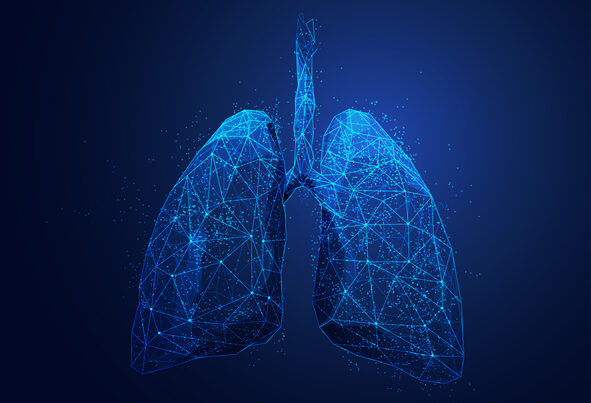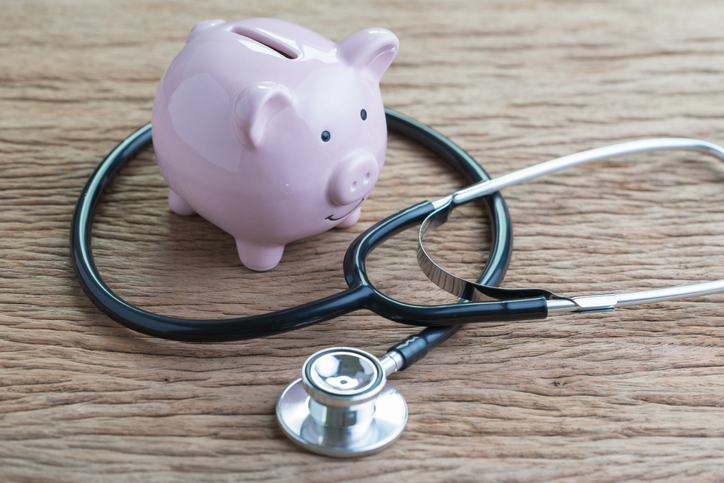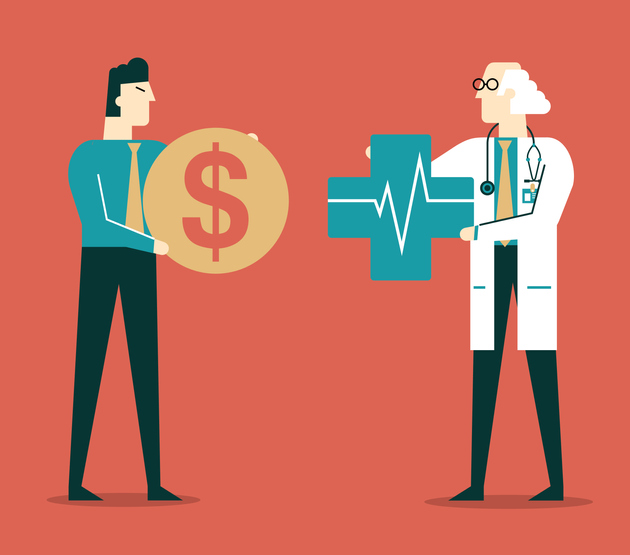The fear of sitting all the way down on a public toilet seat is real for many people — let alone touching the sink knobs and door handles in some particularly grimy ones. But how dirty is it really and what’s the potential threat to our health if we used a facility as if it were our own?
The New York Times‘ Ask Well column, Donald G. McNeil Jr. addressed this question from a reader: What diseases can you really get from toilet seats?
It’s a fair enough question based on statistics from a 1991 British survey McNeil references. The survey revealed that “528 women at an OB-GYN clinic found that 85 percent said they crouched over public toilets while urinating, and 12 percent papered the seat. Only 2 percent sat all the way down.”

BioLabs Pegasus Park Cultivates Life Science Ecosystem
Gabby Everett, the site director for BioLabs Pegasus Park, offered a tour of the space and shared some examples of why early-stage life science companies should choose North Texas.
Better safe than sorry, perhaps. But what types of diseases are real potentials for toilet-seat transmission?
First and foremost, you can’t get sexually transmitted diseases from a toilet. McNeil points out that this myth likely started as an excuse from cheating partners. Also, lice is out of the question because they need warmth to survive. (Who knew people were afraid of getting lice from the toilet?)
There are, however, some specific diseases that can thrive on the toilet seat surface.
Studies — some done in hospital bathrooms — have found dangerous strains on toilet seats, including antibiotic-resistant staphylococcus (one of several “flesh-eating bacteria”), norovirus (the “cruise ship bug”), E. coli, shigella and streptococcus. In theory, even Ebola could be picked up from a toilet.

A Deep-dive Into Specialty Pharma
A specialty drug is a class of prescription medications used to treat complex, chronic or rare medical conditions. Although this classification was originally intended to define the treatment of rare, also termed “orphan” diseases, affecting fewer than 200,000 people in the US, more recently, specialty drugs have emerged as the cornerstone of treatment for chronic and complex diseases such as cancer, autoimmune conditions, diabetes, hepatitis C, and HIV/AIDS.
One more modern issue with bacteria on seats is that tankless toilets, many found in public bathrooms, now flush so powerfully that little droplets of the flushing waste could more easily end up on the seat. But as McNeil mentions, using antiseptic wipes reduces germs 50-fold.
Risk of infection only becomes a concern if there is a cut or an open wound, and generally, we don’t often get paper cuts or scrapes on our bums.
As most of us have heard before, the other surfaces in a bathroom, like door handles, faucets and towel dispenser handles can be far dirtier than the actual toilet seats. We carry much more on our hands.
McNeil says carrying antiseptic wipes is a practical option to avoid picking up germs. And you can always take advantage of your elbow with the towel dispenser and then use that as a germ shield until you get out the door.
A lot of this is common sense, but just because the toilets aren’t the dirtiest surface doesn’t mean some of the more intense and dangerous bacteria aren’t lurking. Just put some paper down.
Photo: Flickr user Rebecca Boyd












